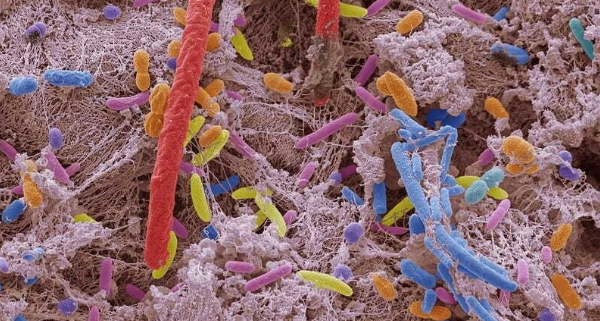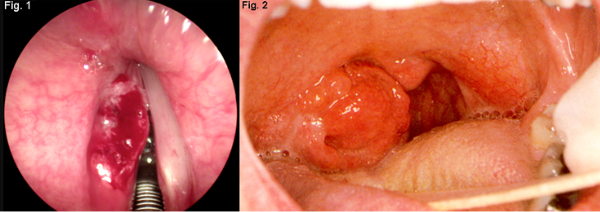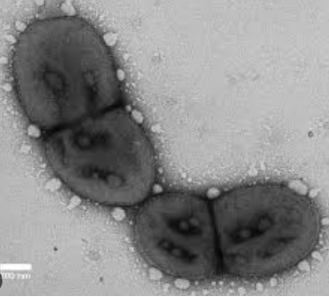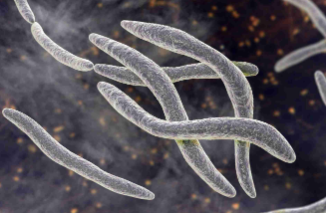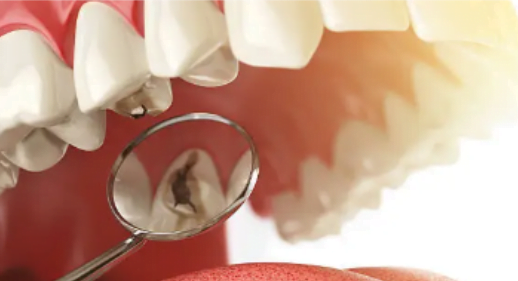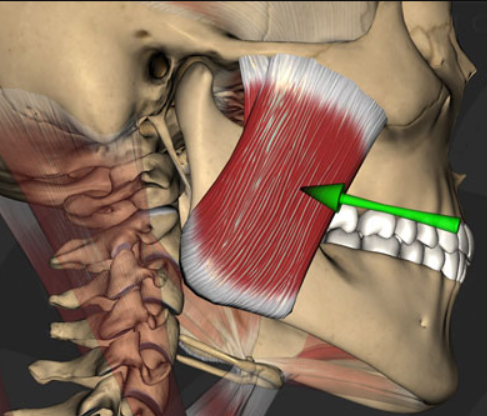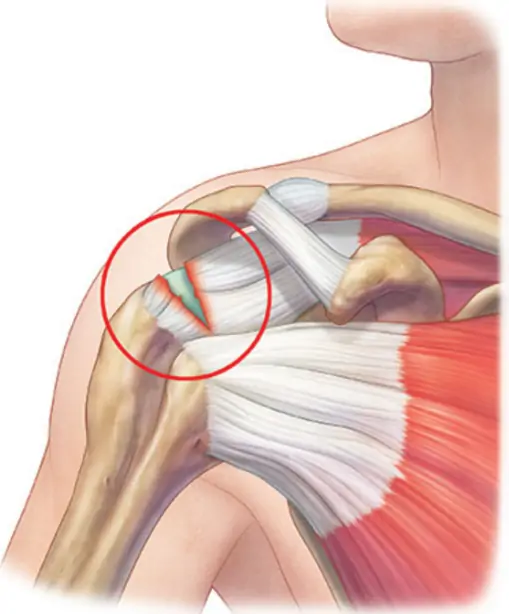The Critical Connection Between Oral Bacteria and Head and Neck Cancer: New Findings and Implications
Head and neck squamous cell carcinoma (HNSCC) is a significant concern in global health, responsible for over 890,000 new cases annually. The emerging evidence that links the oral microbiome to the development of these cancers is not just intriguing—it’s alarming. While lifestyle factors such as smoking and alcohol consumption have long been known to increase cancer risk, recent research has focused on the role of oral bacteria. These microscopic inhabitants of our mouths may hold the key to preventing and detecting HNSCC early.
The Oral Microbiome: A Complex Ecosystem with Potential for Cancer Risk
The human mouth is home to a vast range of bacteria, fungi, and other microorganisms collectively known as the oral microbiome. Typically, this ecosystem remains balanced, contributing to functions like digestion and immune response. However, when this balance is disrupted, harmful species can multiply, leading to oral diseases such as gingivitis, periodontitis, and potentially, more serious conditions like cancer.
Key Findings: Oral Bacteria and Their Role in HNSCC
A recent study conducted by researchers from NYU Langone Health and its Perlmutter Cancer Center sheds light on how oral bacteria influence the risk of developing HNSCC. This is the largest and most detailed analysis ever done on this subject, examining the genetic composition of bacteria from saliva samples collected from 159,840 people. By comparing the microbial DNA of 236 cancer patients and 458 healthy individuals, researchers identified 13 specific bacterial species linked to either an increased or decreased risk of HNSCC.
The most alarming discovery is that certain bacteria commonly associated with periodontal disease, such as Porphyromonas gingivalis, were found to raise the risk of HNSCC by 50%. These bacteria not only contribute to gum infections but are now considered potential carcinogenic agents. The study highlights five bacterial species that have a profound association with both gum disease and head and neck cancers:
Aggregatibacter actinomycetemcomitans
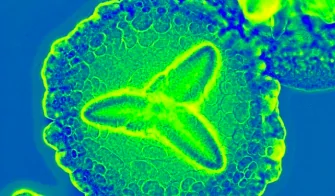
Oral Hygiene: A Crucial Preventative Measure
Maintaining oral hygiene may not only prevent periodontal disease but could also help in reducing the likelihood of developing head and neck cancer. Daily brushing and flossing limit the buildup of harmful bacteria in the mouth, reducing inflammation and the risk of systemic diseases. Regular dental check-ups are crucial for early detection of both oral health issues and potential signs of cancer.
How Bacteria Increase Cancer Risk
Understanding how bacteria contribute to cancer development requires a closer look at the mechanisms involved. Harmful bacteria like Porphyromonas gingivalis produce toxins and enzymes that degrade tissue and promote chronic inflammation, creating a favorable environment for cancerous cells to form. Chronic inflammation, in turn, can lead to DNA damage in cells, which may spark the onset of cancer.
In the case of HNSCC, these bacterial species may facilitate tumor growth through several mechanisms:
- Chronic Inflammation: Constant irritation from harmful bacteria leads to tissue damage and promotes the development of precancerous cells.
- Immune System Evasion: Certain bacteria can suppress the immune response, allowing abnormal cells to proliferate.
- Bacterial Toxins: Bacterial toxins have been shown to directly alter cell signaling pathways, leading to uncontrolled cell growth and the formation of tumors.
Research on Oral Bacteria as Biomarkers for Cancer
One of the most exciting developments in the study of the oral microbiome is its potential for use as a diagnostic tool. Researchers believe that identifying specific bacterial profiles in the mouth could serve as early biomarkers for those at increased risk of HNSCC. The ability to detect such biomarkers in routine dental visits could transform cancer prevention, enabling earlier interventions and more personalized treatment plans.
Fungi in the Oral Microbiome: Less Impact Than Expected
Interestingly, while fungi are a significant part of the oral microbiome, this study found no conclusive link between fungi such as Candida species and HNSCC. This points to a more bacterial-centric view of how the oral environment contributes to cancer risk.
Future Directions: Exploring the Cause-and-Effect Relationship
While this study established strong correlations between certain bacterial species and HNSCC, it did not prove causality. Future research will focus on determining exactly how these bacteria initiate or promote cancer formation. This may lead to groundbreaking treatments targeting specific microbes, ultimately reducing cancer risk.
Diagram: Mechanisms of Oral Bacteria in Cancer Progression
This diagram illustrates how oral bacteria can contribute to cancer progression by creating chronic inflammation, causing DNA damage, evading the immune system, and ultimately leading to tumor formation.
Lifestyle Choices: Smoking, Alcohol, and Diet
It is essential to note that while bacteria play a significant role, other lifestyle factors still contribute to the risk of HNSCC. Smoking and alcohol consumption are well-known risk factors that can exacerbate the impact of harmful bacteria. Additionally, poor diet, particularly one lacking in fruits and vegetables, can weaken the immune system and increase cancer vulnerability.
- Smoking: Increases oral acidity, creating an environment where harmful bacteria thrive.
- Alcohol: Damages the mucosal lining of the mouth and throat, making it easier for bacteria to infiltrate tissues.
- Diet: A diet rich in antioxidants can help combat oxidative stress caused by harmful bacteria, reducing the risk of DNA damage and cancer.
Conclusion: The Importance of Oral Health in Cancer Prevention
The link between oral bacteria and head and neck cancers underscores the importance of maintaining good oral hygiene. While further research is necessary to fully understand the mechanisms behind this connection, current evidence suggests that proper dental care, including regular brushing, flossing, and professional cleanings, could play a crucial role in preventing cancer.
Regular monitoring of oral health, combined with lifestyle choices like quitting smoking and moderating alcohol consumption, should be prioritized as part of a broader cancer prevention strategy. Additionally, the potential to use oral bacteria as biomarkers opens new avenues for early detection and intervention, which could significantly improve patient outcomes.
Sources
- ScienceDaily – Bacteria involved in gum disease linked to increased risk of head and neck cancer – September 26, 2024
- JAMA Oncoligy – Oral Microbiome and Subsequent Risk of Head and Neck Squamous Cell Cancer – September 26, 2024

